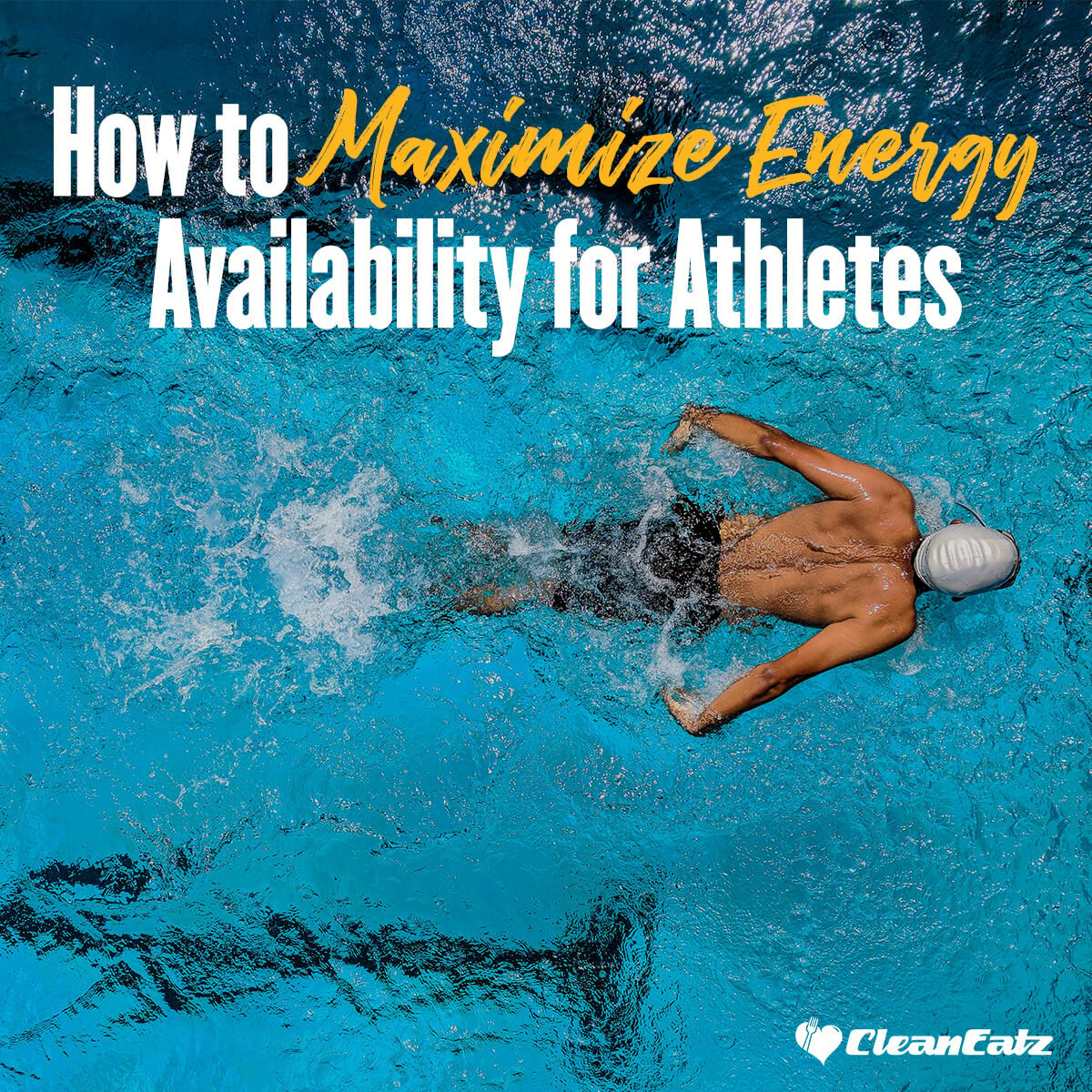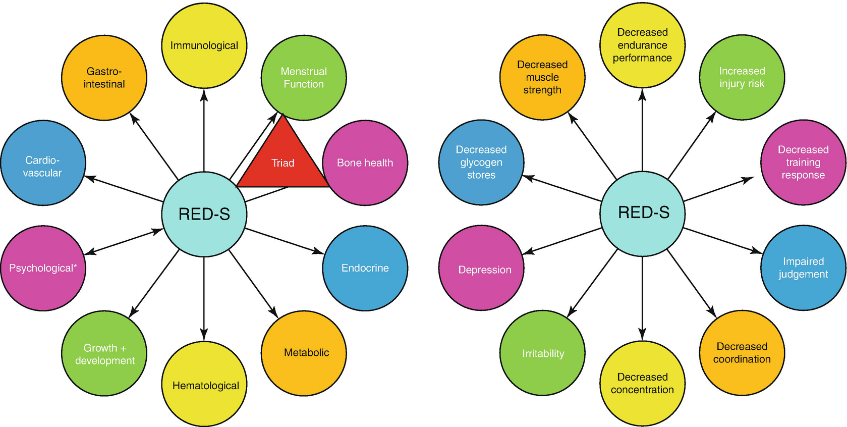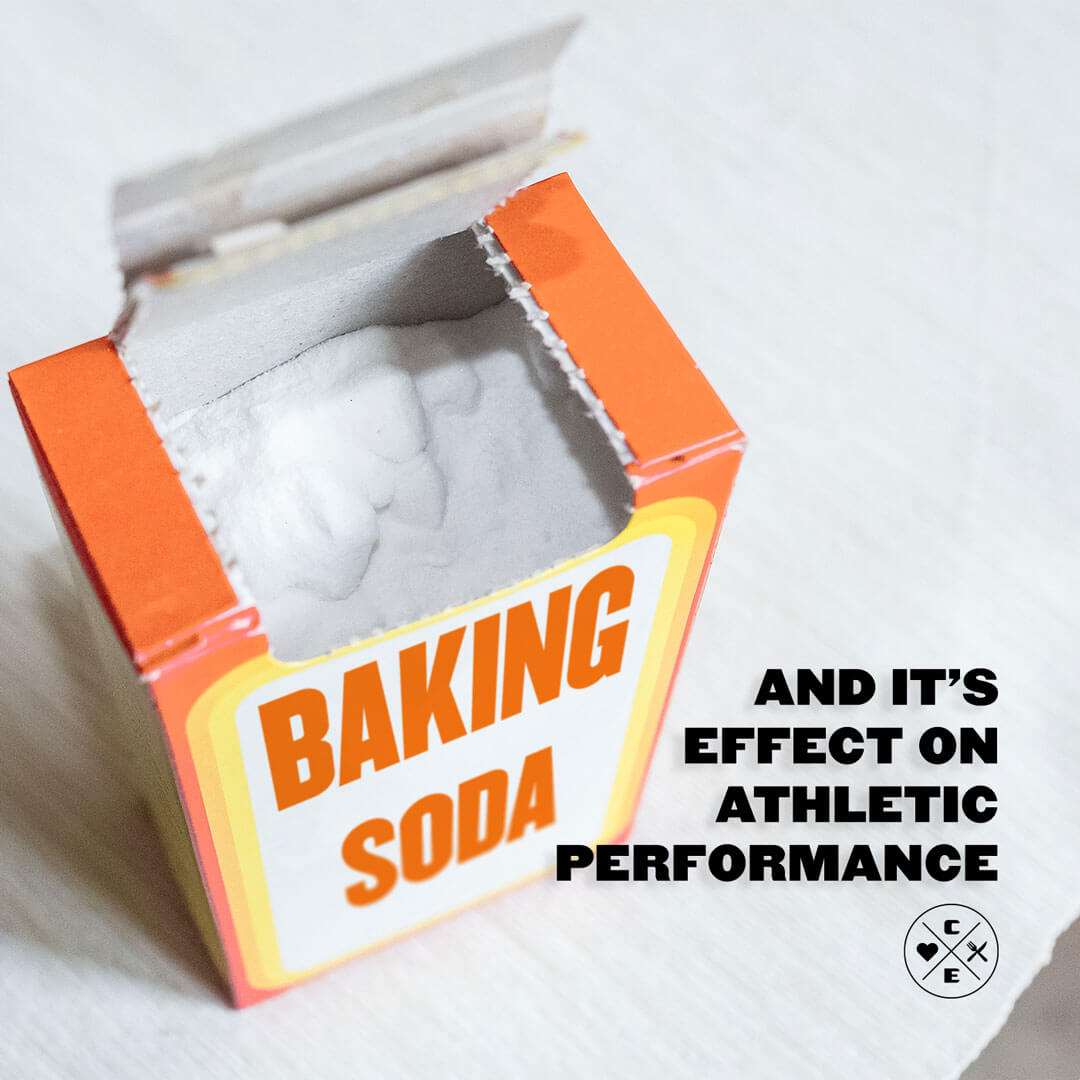
How to Maximize Energy Availability in Athletes: Strategies for Peak Performance
Crystal Zabka-Belsky, MS, RDN, CSSD, LMNT, LDN
Nutrition
|
Exercises & Fitness
7 minute read
Whether you're a fiercely competitive athlete or someone who exercises recreationally, energy availability in athletes is paramount. Sadly, nutritional needs often take a back seat, leading to insufficient energy, poor recovery, and related health problems. We'll delve deeper into these concerns and their prevention.
Female Athlete Triad & RED-S: Energy Availability Concerns
According to an article in the National Library of Medicine, the term "Female Athlete Triad" was introduced over two decades ago. It categorizes three interlinked health issues faced by female athletes. The term “athlete” encompasses anyone consistently participating in physical activity. Insufficient energy availability in athletes, largely due to disordered eating, is the primary culprit behind these concerns. Such eating habits might arise from intentional actions like weight cutting or unintentional negligence of one's dietary needs. This lack of proper nutrition often leads to menstrual irregularities and reduced bone density. The spectrum of these problems varies - from full-blown eating disorders to unintentional energy deficits, from complete menstrual cessation (amenorrhea) to inconsistent cycles (oligomenorrhea), and from initial signs of osteopenia to severe osteoporosis.
Addressing the Female Athlete Triad entails recognizing an individual’s dietary requirements and rectifying energy deficits. As treatment strategies advanced, it became evident that energy deficits impact a broader range of health aspects for both genders. Thus, the Relative Energy Deficiency in Sport (RED-S) was conceptualized in 2005. This concept incorporates the Female Athlete Triad's issues, emphasizing low energy availability, menstrual irregularities, and bone health. Furthermore, RED-S offers a holistic view of how limited energy availability affects health and athletic prowess. Consequences of this syndrome range from weakened immunity, digestive issues, heart problems, and emotional distress to metabolic and hormonal irregularities. One might ask, why do athletes drink energy drinks? One reason is the challenges associated with low energy availability in athletes. A deficit in energy can hinder strength, endurance, power, storage, coordination, judgment, increase injury risk, and amplify psychological distress. For a comprehensive understanding of the RED-S effects, refer to this depiction in the British Journal of Sports Medicine.(Low energy availability surrogates correlate with health and performance consequences of Relative Energy Deficiency in Sport | British Journal of Sports Medicine (bmj.com)).
Research published in the National Library of Medicine (Low Energy Availability in Athletes 2020: An Updated Narrative Review of Prevalence, Risk, Within-Day Energy Balance, Knowledge, and Impact on Sports Performance - PMC (nih.gov)) describes how low energy availability is seen in 22 to 58% of athletes, including both females and males. It is important to understand the risk factors for and red flags of this condition.
Risk Factors for Developing Energy Availability in Athletes:
- Athletes with intense training & competition.
- Athletes who benefit from high power-to-weight ratio.
- Youth athletes with simultaneous training & growth demands.
- Specific sport types: endurance sports, aesthetic sports, weight-cutting sports.
- Novice athletes or beginning exercisers seeking weight loss due to reasons like why athletes drink energy drinks.
Red Flags that may Indicate Energy Availability in Athletes:
- Depression.
- Anxiety.
- Feeling fat despite thinness.
- Excessive exercise.
- Excessive bathroom use.
- Disruptions in concentration.
- Weight and body image focus.
- Avoidance of social eating.
- Use of diet products, particularly those linked to why do athletes drink energy drinks.
- Behavioral contagion.
- Recurrent soft tissue injury.
- Stress fractures.
- Recurrent illnesses.
- Unexpected fatigue.
- Disrupted sleep patterns.
- Change in mood.
- Reduced social interactions.
- Relationship problems.
- Performance reduction/plateaus.
Psychological Factors and Calculating Energy Availability in Athletes
Beyond the potential mismatch of intense training and nutritional intake, energy availability in athletes can be influenced by psychological factors disrupting eating patterns. This is often experienced as a component of disordered eating. Psychological symptoms like anxiety and depression can manifest in athletes. Many will experience changes in their eating and exercise habits, which can sometimes be influenced by reasons like why athletes drink energy drinks. Disruptions might be due to emotional instability or as a coping mechanism. Low energy availability often results from skipping meals, cycling between binge and restrictive eating, excessive exercise without proper fueling, or loss of appetite.
To identify energy availability in athletes, the following formula is used. If the value falls below 30 kcal per kg of fat-free body mass per day, the athlete has low energy availability.
Energy Availability = (Energy Intake (kcal) - Exercise Energy Expenditure(kcal)) / Fat-Free Mass (kg)
For instance, a 125-lb soccer player with 12% body fat consumes 2325 kcal/day and burns 925 kcal training. Her calculation:
12% x 125 lbs = 15 lbs body fat. 125 lbs – 15 lbs = 110 lbs fat-free mass. 110 lbs / 2.2 = 50 kg fat-free mass. Energy Availability = (2500 kcal- 925 kcal) / 50 kg = 28 kcal/kg FFM/day.
This value falls below 30 kcal/kg FFM/day, indicating she's at risk for energy deficiency.
Recognizing athletes at risk for low energy availability might be trickier than assumed. For example, a football player might have low energy availability even when consuming nearly 4000 kcal/day, while a runner meets their needs. This could be surprising!
|
ATHLETE |
WEIGHT |
BODY FAT % |
FAT-FREE MASS |
CALORIC INTAKE |
CALORIC OUTPUT |
ENERGY AV AVAILABILITY |
|
Runner |
110 lbs (50 kg) |
4% |
105.6 lbs (48 kg) |
1980 kcal |
525 kcal |
30.3 kcal/kg FFM/day |
|
Football Player |
290 lbs (131.8 kg) |
12% |
255.2 lbs (116.0 kg) |
3900 kcal |
840 kcal |
26.4 kcal/kg FFM/day |
Step #1: APPLY EDUCATION
- Begin by enhancing your nutrition to slowly work towards achieving at least 30 kcal per kg of fat-free body mass daily.
- Formulate practical, cost-effective, and feasible meal and snack ideas to address fueling and recovery needs. Leveraging meals from Clean Eatz can be an excellent initial step in addressing the "energy availability in athletes" challenge.
- Recognize the correlation between "energy availability in athletes" and the possible physical symptoms and dips in performance. Let any warning signs serve as inspiration for positive adjustments.
Step #2: SEEK CARE
- If symptoms (be it medical or psychological) related to "energy availability in athletes" emerge, it's crucial to consult with a primary care physician to ascertain the safety of continuing with exercise or sports activities.
Step #3: PREVENTION
- Disseminate information and understanding about "energy availability in athletes" to family, colleagues, and team members.
- Curate menus and eating strategies keeping in mind the importance of "energy availability in athletes."
- Prioritize athletic performance over concerns about weight and appearance.
- Evaluate your dietary habits periodically to address the query, "why do athletes drink energy drinks?" and its relationship with energy availability.
Conclusion
Energy availability is crucial for both elite and recreational athletes. A consistent imbalance between energy intake and expenditure can lead to severe health issues, as showcased by conditions like the Female Athlete Triad and RED-S. Understanding and recognizing the signs of low energy availability, influenced by factors like disordered eating and psychological stressors, is essential. While some athletes might resort to energy drinks in an attempt to bridge the energy gap, it's vital to approach energy availability holistically. Adopting educational measures, seeking medical advice, and focusing on prevention through proper nutrition and awareness can ensure athletes' well-being and peak performance.
FAQ
What is "energy availability in athletes"?
Energy availability refers to the amount of energy left for an athlete's body functions after accounting for the energy expended during exercise. It's crucial for maintaining health and optimal performance.
Why is proper energy availability essential for athletes?
Adequate energy availability ensures athletes recover efficiently, maintain bone density, and prevent health issues like menstrual irregularities in females or hormonal imbalances in both genders. It also optimizes performance and reduces injury risks.
What can lead to low energy availability in athletes?
Low energy availability can result from excessive exercise without sufficient nutrition, intentional weight cutting, disordered eating habits, or unintentional neglect of dietary needs.
Why might athletes consume energy drinks?
Athletes might consume energy drinks to quickly boost their energy levels, especially when they perceive a deficit. However, it's essential to recognize that these drinks may not address the underlying issues of low energy availability and could have other health implications.




